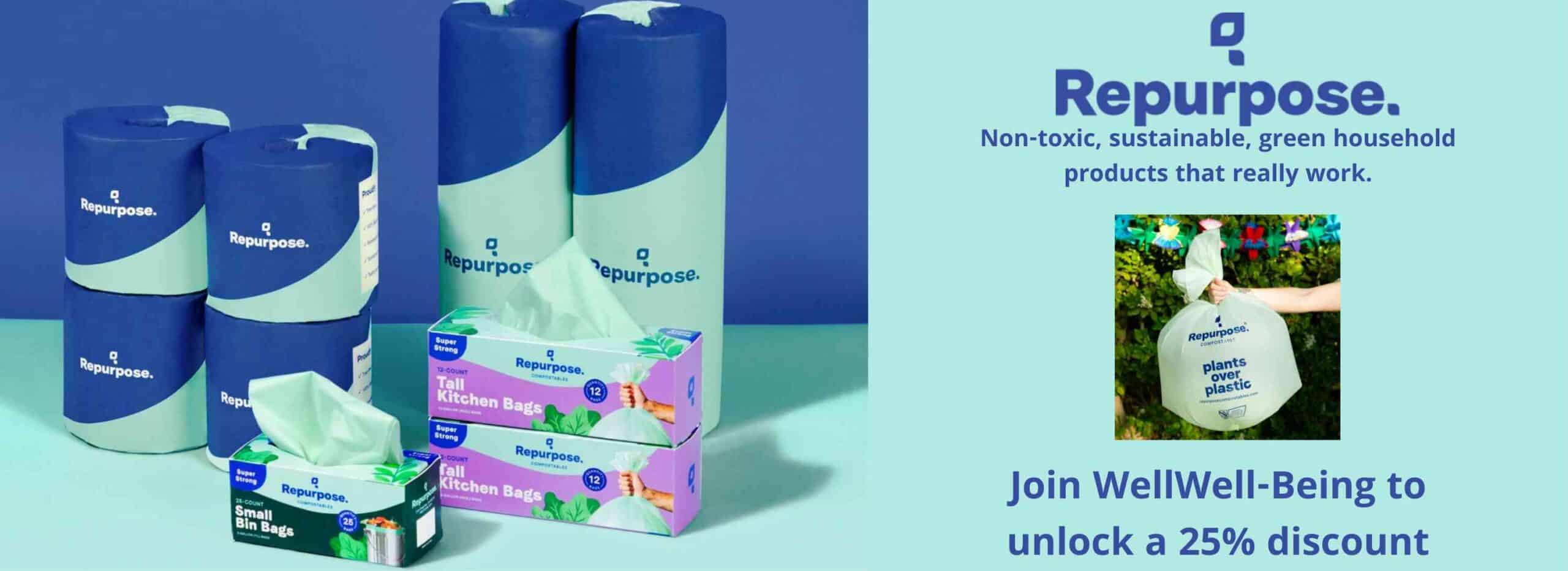The Skinny:
Price, quality and service are traditional ways companies attract customers and build brand equity. This makes a lot of since these characteristics have drawn prospective customers and clients for decades if not centuries. In today’s market, however, the public often looks past these aspects to find out if companies are socially responsible, which among other things means whether they are environmentally friendly, support sound policies and produce products in the most sustainable methods. This consumer interest isn’t lost on corporate America, high-level nonprofits or even prominent individuals. Most are obsessed with presenting themselves in the best public light. The trick for the public is being able to effectively judge whether these groups and individuals are actually socially responsible or simply talking a good game. Admittedly, it is tough to judge, especially when tactics like greenwashing are used. This approach occurs when a group or an individual pretends to be more ecologically friendly then they really are, perhaps by claiming to be less wasteful, more natural, free of harmful chemicals, committed to recycling or working actively to curb pollutants and carbon emissions. All too often, these ecologically supportive claims don’t measure up. This painful reality begs the question: how can the average person spot greenwashing fraud? WellWell is here to help with seven ways to identify and combat greenwashing.
The Slate:
Recognize It’s Pervasive
A Harris Poll of a thousand global executives across various industries reported that 80 percent rated their own company above average on its sustainability work. Unfortunately, only 36 percent were able to track their own progress. Beyond this, 58 percent of the executives admitted their companies were guilty of greenwashing.
Green Associations Mean Squat
Companies are skilled at creating green associations in packaging or advertising that are meant to imply an ecologically friendly connection that doesn’t exist. These actions can include simply using the color green or linking unrecyclable or environmentally destructive products with images of nature. Think plastic drink bottles being tied to pictures of woodland waterfalls or ads for low-mileage cars using natural wilderness scenes. Even naming buildings, apartments and shopping malls with nature-pleasing hooks can come into play. Consider tags like Whippoorwill Lane Court or Deer Meadow Mall.
Don’t Bite On Red Herrings
When it comes to greenwashing, red herrings are all too common—and they stink. This approach focuses on including or emphasizing one small and usually insignificant item in a product to make it seem more ecologically friendly than it really is. Examples include featuring one natural ingredient or diverting attention by including a recyclable straw with a drink’s bottle that is not likely to get recycled. It can also include promoting misleading or partially true claims, such as a “non-toxic” product that is safe to touch, but poisonous if ingested.
Vague Is A Red Flag
If you find a vague or nonspecific claim that is short on specifics and data then chances are you’re looking at greenwashing. Buzzwords like “sustainable,” “green,” “eco-friendly,” “good/better for the planet/environment” and “fair trade” are all in high use when it comes to companies failing to measure up. If these words are used, see if more information is available.
Check For Ecolabels
Green certifications have boomed in recent years in response to growing consumer interest. There is now an ecolabel and certification body for almost every green market. Companies that greenwash tend to fake ecolabels that look good but mean little. The link above provides specifics on more than 200 commonly used green certifications and ecolabels in the U.S.
Money Talks—Listen
Lots of companies publicly support green initiatives but do little to actually back these projects. In some cases, companies that claim to be eco-friendly are actually involved in projects and products that are far from it. It can be difficult to track these actions, but consumers and watchdog agencies are increasingly focused on this type of greenwashing and are even litigating against the companies involved. Following the efforts of these groups is a great way to stay abreast of who is greenwashing.
Information Is Power
It takes effort, but it is possible to evaluate whether claims are legit simply by reading labels, packing inserts, company websites and Material Safety Data Sheets. There is also plenty of information online about pending litigations and greenwashing fights. The Federal Trade Commission also helps via its “Green Guides,” which provides guidelines for advertisers and help for consumers to understand and interpret green marketing terminology.
Eyes Up:
Have you experienced a greenwashing red flag? Let us know at info@wellwellusa.com.
WellWell editors independently identify services and products of interest. If readers purchase anything through the associated links, WellWell may earn a commission, which goes to support our work. Learn More.













